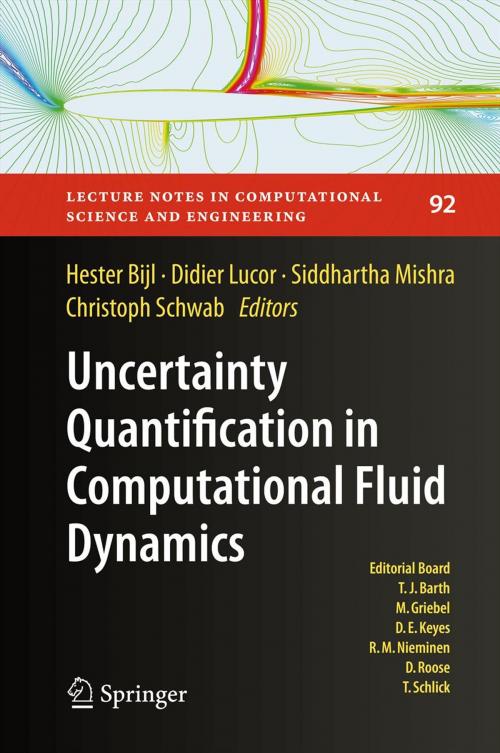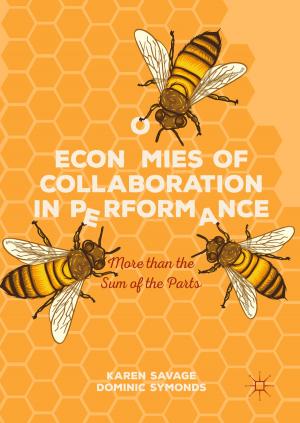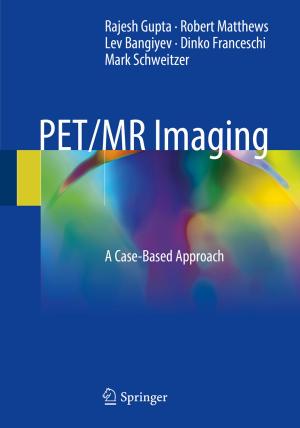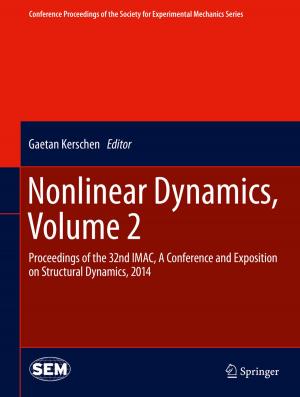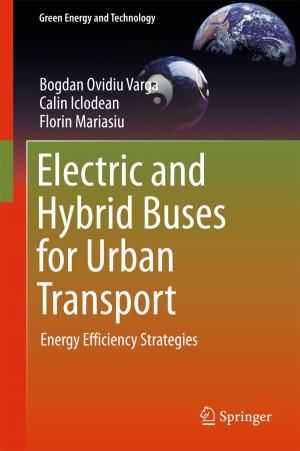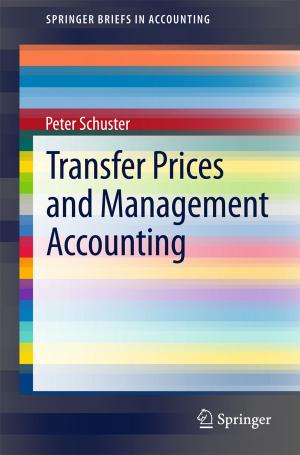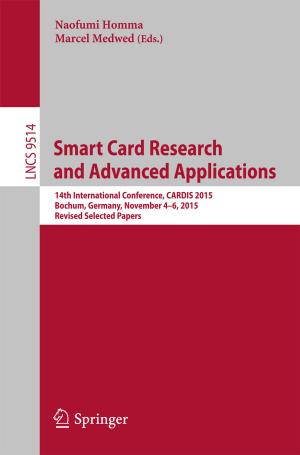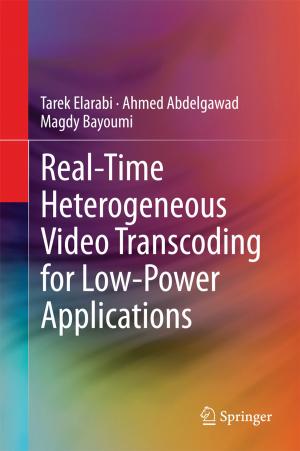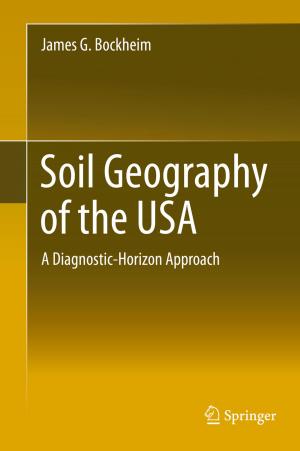Uncertainty Quantification in Computational Fluid Dynamics
Nonfiction, Science & Nature, Mathematics, Counting & Numeration, Computers, Advanced Computing, Computer Science| Author: | ISBN: | 9783319008851 | |
| Publisher: | Springer International Publishing | Publication: | September 20, 2013 |
| Imprint: | Springer | Language: | English |
| Author: | |
| ISBN: | 9783319008851 |
| Publisher: | Springer International Publishing |
| Publication: | September 20, 2013 |
| Imprint: | Springer |
| Language: | English |
Fluid flows are characterized by uncertain inputs such as random initial data, material and flux coefficients, and boundary conditions. The current volume addresses the pertinent issue of efficiently computing the flow uncertainty, given this initial randomness. It collects seven original review articles that cover improved versions of the Monte Carlo method (the so-called multi-level Monte Carlo method (MLMC)), moment-based stochastic Galerkin methods and modified versions of the stochastic collocation methods that use adaptive stencil selection of the ENO-WENO type in both physical and stochastic space. The methods are also complemented by concrete applications such as flows around aerofoils and rockets, problems of aeroelasticity (fluid-structure interactions), and shallow water flows for propagating water waves. The wealth of numerical examples provide evidence on the suitability of each proposed method as well as comparisons of different approaches.
Fluid flows are characterized by uncertain inputs such as random initial data, material and flux coefficients, and boundary conditions. The current volume addresses the pertinent issue of efficiently computing the flow uncertainty, given this initial randomness. It collects seven original review articles that cover improved versions of the Monte Carlo method (the so-called multi-level Monte Carlo method (MLMC)), moment-based stochastic Galerkin methods and modified versions of the stochastic collocation methods that use adaptive stencil selection of the ENO-WENO type in both physical and stochastic space. The methods are also complemented by concrete applications such as flows around aerofoils and rockets, problems of aeroelasticity (fluid-structure interactions), and shallow water flows for propagating water waves. The wealth of numerical examples provide evidence on the suitability of each proposed method as well as comparisons of different approaches.
